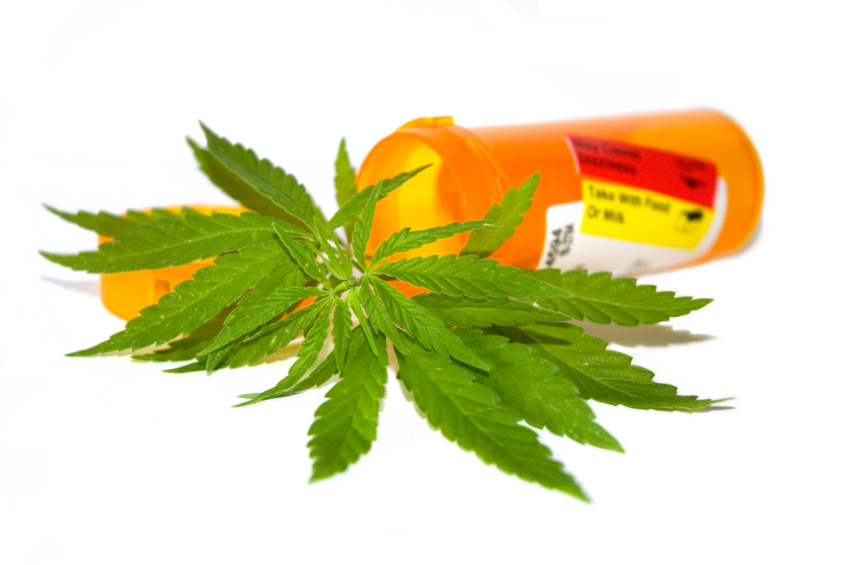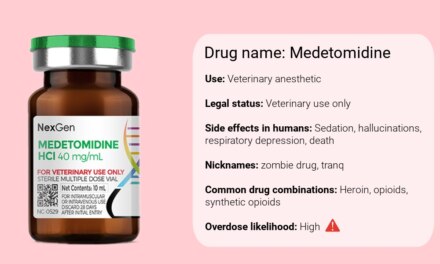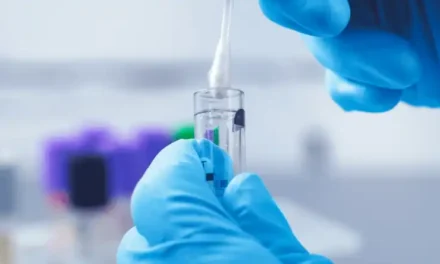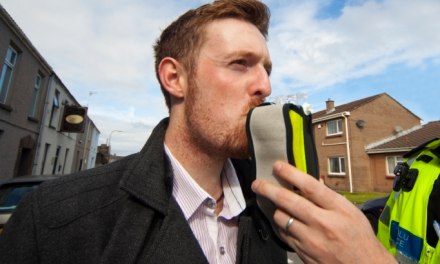This is the question asked in an article in the New York Times. Seems silly on the surface, given that smoking pot has no nutritional value and may actually make you feel hungrier. Still, some states have gone ahead and given access, including for recreational use, the same priority status as groceries and fuel during the current pandemic.
It makes more sense if we appreciate how dependent people can become on cannabis. More of them every day, it appears, with the greatest growth among adults who use daily. If legalization has had special impact, it’s there. And government has noticed.
“Over the past week,” according to the Times, “more than a dozen states have agreed that while ‘nonessential’ stores had to close, pot shops and medical marijuana dispensaries could remain open— official recognition that for some Americans, cannabis is as necessary as milk and bread.”
The threat of shortages has resulted in a run on the pot supply. Some of that is just stocking up. Curiously, “…women and young people… accounted for much of the sales growth.” Particularly for edibles. Many users believe those to be safer than smoking pot.
I’m wondering how much this is an expression of that emerging dependence. It’s something to keep an eye on, because it correlates so closely with the rate of Cannabis Use Disorders, and that in turn affects the number who will be seeking treatment, sooner or later.
I’m especially watchful for rates of Cannabis Withdrawal Syndrome (CWS), a DSM5 category. For instance, I came across a 2019 article on the prevalence of CWS reflected in a national epidemiological survey involving 1500+ “frequent” users (defined as 3 or more times a week).
The findings: some 12% (one in eight) reported experiencing symptoms of CWS, most commonly anxiety (76%), hostility (72%), difficulty sleeping (68%), and depressed mood (59%). This was not associated with a history of other substance use disorders. It was however strongly linked to a range of mental health conditions — including common mood, anxiety, and personality disorders.
That makes me wonder about the widespread practice of prescribing medical marijuana for mental health conditions (such as PTSD) . As you no doubt know, med marijuana clients are increasingly to be found among behavioral health treatment populations, including addiction programs. Many are intent on continuing their cannabis use throughout.
But could unrecognized CWS actually be making their symptoms worse?
That’s a possibility that’s been raised by researchers all along. Hopefully some are busy searching for answers.













